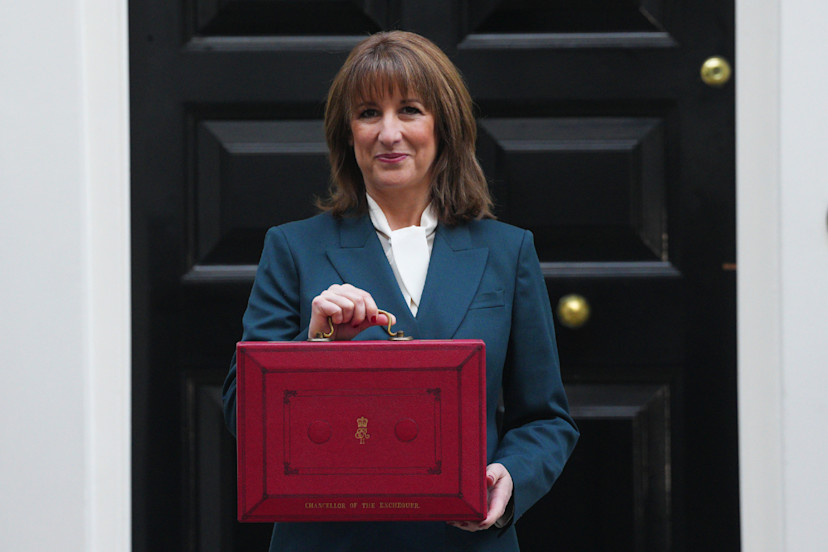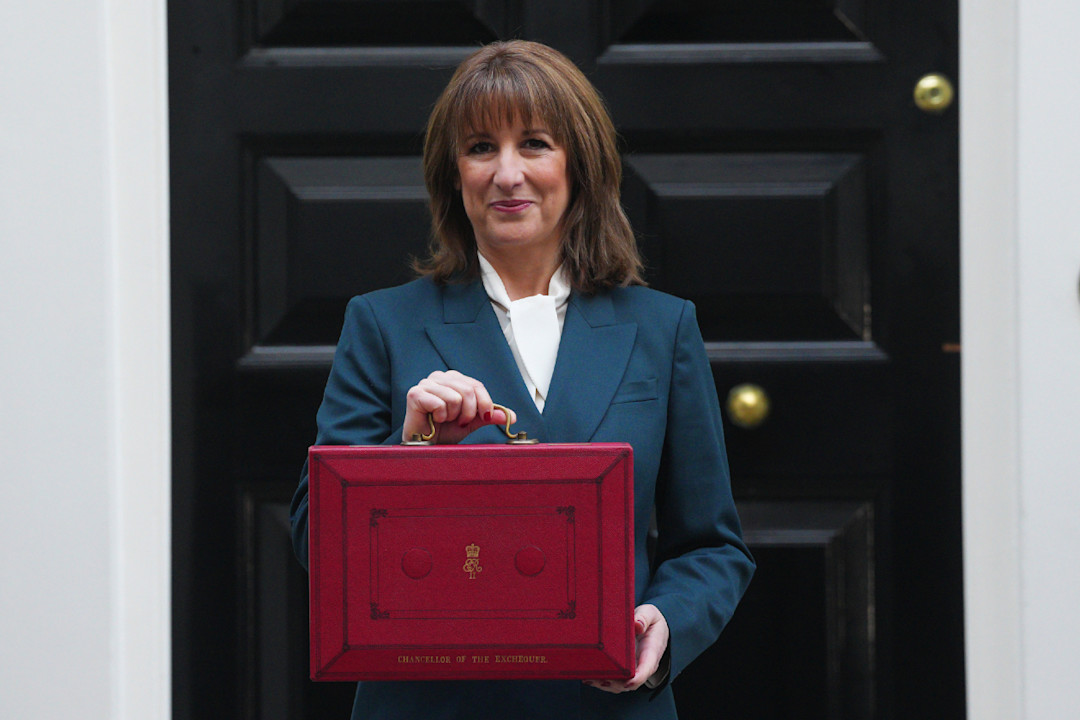News & Insights
HL LIVE
Updated Thursday 11th December 2025
Live blog covering today's important financial market events and news
Switch Your Money On podcast


Autumn Budget 2025: key changes to savings, ISAs and pensions
Explore what the Autumn Budget 2025 means for you, from tax freezes and ISA cuts to changes in savings, dividends, pensions and key investor updates.
Read or listen now
Stock markets today
Prices delayed by at least 15 minutes
Next week on the stock market
15th - 19th December 2025
- Will demand at Carnival Cruises remain buoyant next year?
Our savings and resilience report


Higher earners have the most alarming pension gaps
We’ve partnered with experts at Oxford Economics to explore ways to strengthen household finances, compared which regions are more financially resilient than others, and the potential risks to the nation for 2025.
Explore our research
Newsroom
News from leading news agencies. Hargreaves Lansdown is not responsible for article content and accuracy. We may not share the views of the author.






















